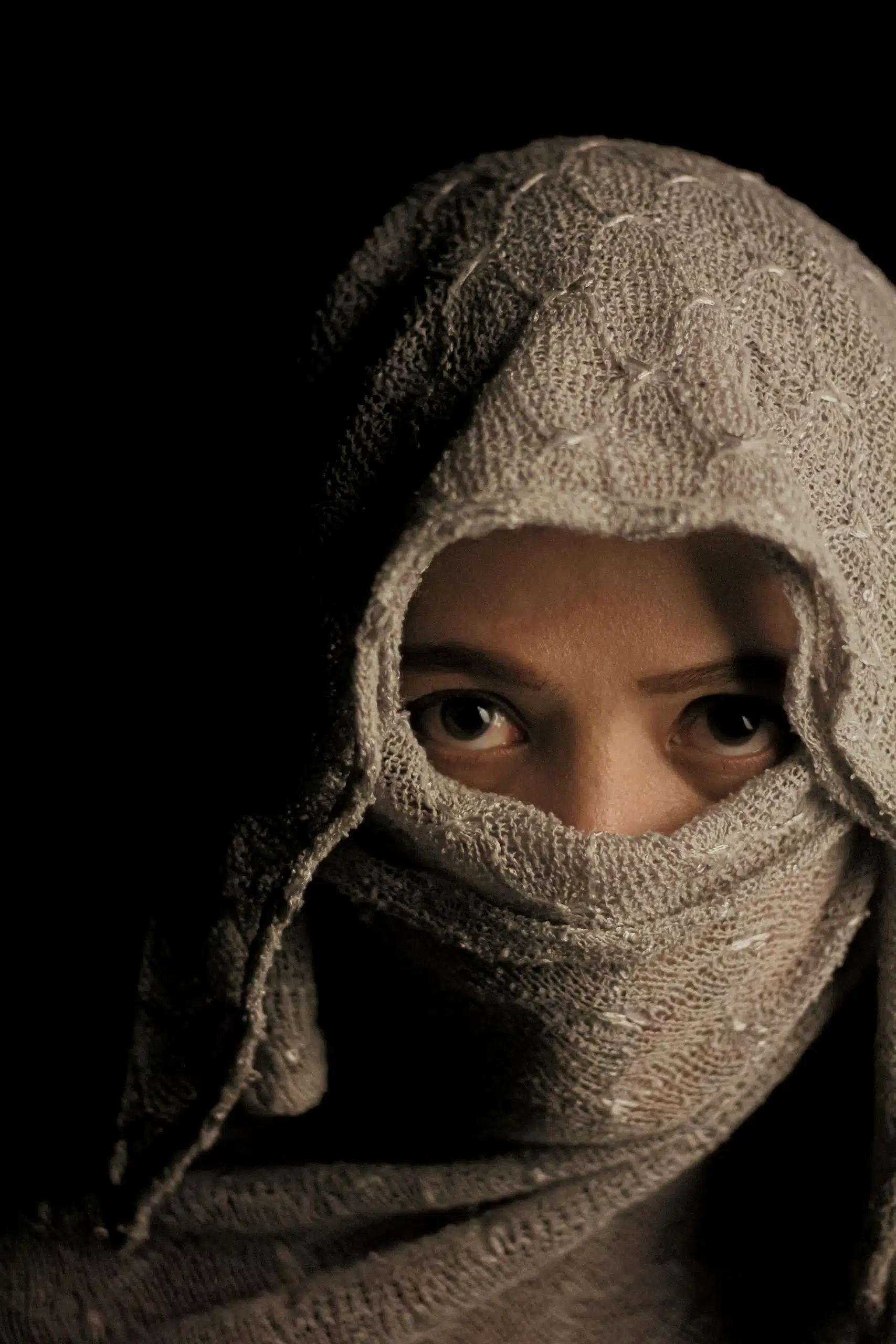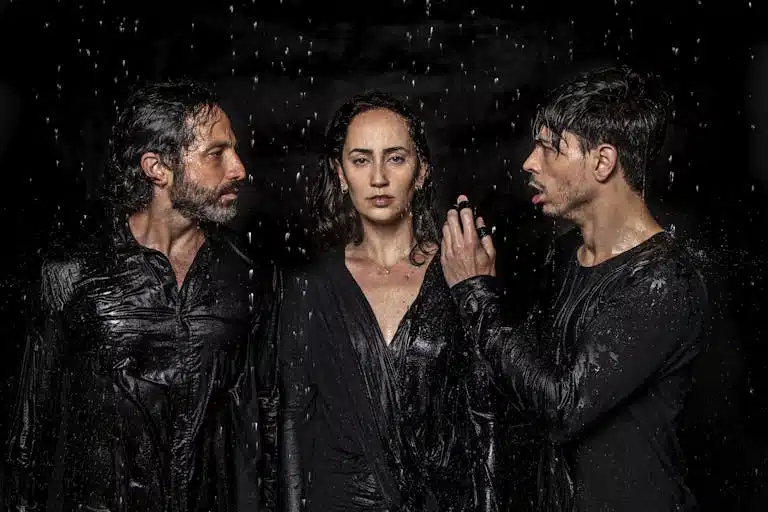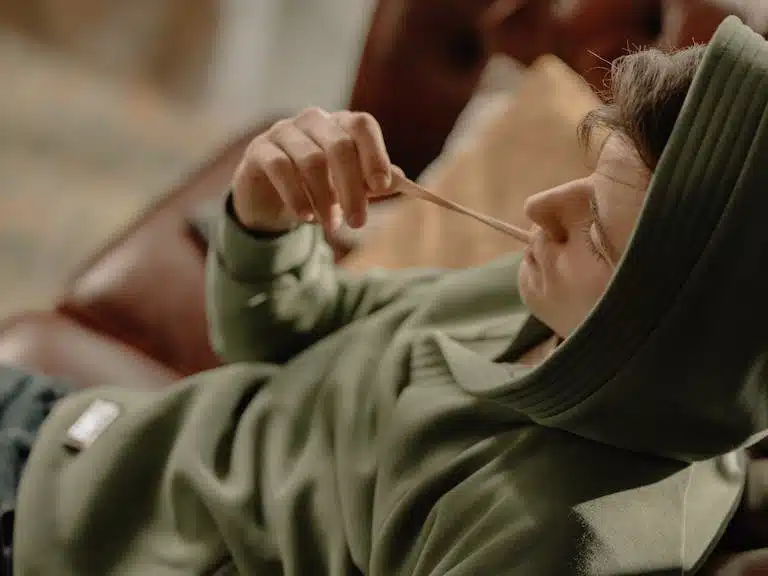Hunter Eyes Explained: Traits, Genetics & A10 Ranking
Have you ever wondered what makes certain eyes stand out and give off a penetrating, almost mesmerizing look? That’s the magic of Hunter Eyes. This term has become increasingly popular in beauty circles, but what does it mean? In this guide, I’ll explain the concept of Hunter Eyes, how to identify if you have them, ways to naturally achieve this look, and much more.
By the end of this post, you’ll have all the tools you need to accentuate your natural beauty and maybe even turn heads everywhere you go.
Understanding Hunter Eyes
What Are Hunter Eyes?
Hunter Eyes are characterized by a distinct set of features that give the eyes a sharp, focused, and alert appearance. These traits often evoke a sense of intensity and determination. Key characteristics of Hunter Eyes include:
- Positive Canthal Tilt: The outer corners of the eyes are higher than the inner corners, contributing to that piercing gaze that many find captivating.
- Almond Shape: The eyes have a slightly elongated shape.
- Hooded Eyelids: The presence of extra skin on the upper eyelids can add an element of mystery and depth to the expression.
- Deep-Set Eyes: With the eyes positioned deeper into the skull, this feature often gives way to a more pronounced brow ridge, enhancing the overall intensity of the gaze.
Additionally, Negative Canthal Tilt can sometimes be observed in some individuals with Hunter Eyes. This occurs when the outer corners of the eyes are lower than the inner corners, creating a different yet equally fascinating appearance. While Positive Canthal Tilt tends to enhance the alertness associated with Hunter Eyes, Negative Canthal Tilt can lend a more enigmatic quality, reflecting a unique personality and emotional complexity. Together, these variations contribute to the allure of Hunter Eyes, making them a subject of intrigue in discussions about eye aesthetics and facial characteristics.
Do I Have Hunter Eyes?
Curious if you possess this alluring eye shape? You can conduct a quick self-assessment:
- Stand in front of a mirror and observe the alignment of your eyes. Are the outer corners higher than the inner ones?
- Check the shape of your eyes. Are they almond-like?
- Look at your eyelids. Are your upper lids slightly hooded?
- Notice the depth. Are your eyes set further back in your face?
If you answered yes to most of these questions, congratulations! You likely have Hunter Eyes.
Common Misconceptions About Hunter Eyes

Many people misunderstand what Hunter Eyes truly are, leading to several misconceptions surrounding this intriguing eye appearance. A prevalent belief is that Hunter Eyes is purely a genetic trait, suggesting that only a select few inherit this striking feature. While genetics do play a role in determining eye shape and appearance, Hunter Eyes are not exclusive to any specific lineage.
Another common myth is that they represent a rare eye shape, when in fact, they are characterized by a combination of features such as pronounced eyelids, a captivating slant, and a certain depth that can evoke a sense of intensity.
Additionally, it’s important to note that Hunter Eyes can be enhanced through various methods, including makeup techniques, lighting considerations, and even contact lenses, allowing individuals to achieve this desirable look regardless of their natural eye shape.
By debunking these misconceptions, we can appreciate the complexity and versatility of Hunter Eyes, recognizing that they can be accessible to a broader audience than traditionally thought.
Clarifying A10 Hunter Eyes
The term “A10 Hunter Eyes” has surfaced in various discussions, primarily in niche circles that focus on physical attributes and aesthetics. However, it’s crucial to note that it seems to represent a misnomer or a specific interpretation within the broader category of Hunter Eyes—a term often used to describe a particular eye shape characterized by a sharp, intense gaze and a slightly angled outer corner.
Hunter’s Eyes typically evoke a sense of alertness and strength, and they are often associated with certain personality traits, such as confidence and determination.
Despite the popularity of the term “A10 Hunter Eyes,” there is currently no definitive evidence or expert consensus regarding its distinction from what we understand as regular Hunter Eyes. This lack of clarity raises questions about the validity of the A10 classification and whether it represents a predefined standard or merely an evolving trend among enthusiasts.
As such, those exploring this concept need to approach it with a critical mindset, recognizing that the terminologies used in these discussions can often be subjective or influenced by personal interpretation. In summary, while Hunter Eyes are broadly accepted in aesthetic discussions, the specific subgroup of “A10 Hunter Eyes” remains ambiguous and warrants further exploration and clarification.
Enhancing Hunter’s Eyes with the Right Eyebrows
Your eyebrows can significantly affect how your eyes look. For Hunter Eyes, the following eyebrow shapes work best:
- Arched Brows: High arches can complement the upward tilt of Hunter Eyes.
- Straight Brows: A minimal arch can also highlight the almond shape of your eyes.
- Defined Brows: Well-groomed and defined brows can add to the intensity of your gaze.
Whether you naturally have Hunter Eyes or you’re aiming to create the look, paying attention to your eyebrows can make a big difference.
Hooded Hunter Eyes
Hooded eyelids are a characteristic of Hunter Eyes. Here are some makeup tips:
- Cut Crease Eyeshadow: Use a darker shade to create a cut crease effect.
- Winged Eyeliner: Extend your eyeliner slightly upward to enhance the canthal tilt.
- Highlighting: Apply a highlighter on the brow bone to lift the appearance of your eyelids.
Read Also: Hunter or Prey? Decipher Your Gaze
Enhancing and Achieving Hunter Eyes
How to Get Hunter Eyes Naturally
Achieving Hunter Eyes doesn’t always require surgery. Various lifestyle factors can help:
- Diet: Eating foods rich in vitamins and antioxidants can improve the health of your skin and eyes.
- Sleep: Adequate rest reduces puffiness and dark circles, making your eyes appear more alert.
- Hydration: Drinking enough water keeps your skin plump and your eyes bright.
Hunter Eyes Exercise
Here’s a comprehensive list of exercises to help you achieve the coveted “hunter eyes” look—a more defined and sharper eye shape. Incorporating these exercises into your daily routine can enhance the appearance of your eyes and improve your overall posture.
Eye Lifts
- Technique: Sit comfortably and apply light pressure on the outer corners of your eyes using your ring fingers.
- Action: Gently lift the corners upward while keeping your eyes closed. Hold this position for 5 seconds and release.
- Repetitions: Aim for 10-15 repetitions, preferably in front of a mirror to ensure even movement.
Eye Circles
- Technique: This exercise involves moving your eyes in a circular motion.
- Action: Close your eyes and slowly move your eyes in a clockwise circle for 10 seconds, then switch to a counterclockwise direction for another 10 seconds.
- Repetitions: Repeat this cycle 3-5 times daily. This helps to tone the muscles surrounding the eyes, reducing tension and promoting flexibility.
Focused Staring
- Technique: Choose a distant object or fixate on a particular point in the room.
- Action: Stare at the chosen point for 20-30 seconds without blinking. This encourages your eyes to hold a relaxed yet focused posture.
- Repetitions: Perform this exercise multiple times throughout the day, especially during breaks from screens to help reduce eye strain.
By practicing these exercises consistently, you may notice an improvement in the definition and shape of your eyes, leading to a more alert and captivating appearance. Remember to approach these exercises gently and avoid any strain—your comfort should always be a priority.
Eyelid Pulling Hunter Eyes
Eyelid pulling involves gently tugging at the eyelids to improve their shape. However, this practice comes with risks, such as stretching the skin and causing wrinkles. Always consult a professional before trying such techniques.
Hunter Eyes Mewing
Mewing is a technique that involves placing your tongue against the roof of your mouth. This can influence your facial structure over time and potentially enhance the appearance of your eyes. Consistency is key for effective results.
Are Hunter Eyes Genetic?
Genetics plays a significant role in determining eye shape. However, environmental factors like nutrition and habits can also influence how your eyes develop.
Do Asians Have Hunter Eyes?
The prevalence of Hunter Eyes varies across different populations, including Asian communities. Cultural beauty standards also play a role in how these features are perceived.
Achieving the Hunter Eye Look

How to Achieve Hunter Eyes
Makeup can be a game-changer:
- Eyeshadow: Use darker shades to create depth.
- Eyeliner: Apply a winged liner to enhance the canthal tilt.
- Mascara: Focus on the outer lashes to lift the eyes.
Hairstyles and Fashion
Certain hairstyles and fashion choices can further accentuate Hunter Eyes. Opt for haircuts that frame your face and highlight your eyes. Accessories like statement earrings can also draw attention to your eye area.
Hunter Eye Surgery
For those considering surgical options, procedures like blepharoplasty and canthoplasty can help achieve the Hunter Eye look. Always weigh the risks and benefits and consult with a qualified professional.
Celebrities, Models, and Individuals with Hunter Eyes
Hunter eyes, characterized by their piercing gaze and striking intensity, have captivated audiences across various fields, particularly in the realm of entertainment and fashion. Many celebrities boast this distinctive eye shape, which often enhances their dramatic and alluring presence.
Notable figures like actors Leonardo DiCaprio, Kate Winslet, and Natalie Portman are celebrated not only for their talent but also for their captivating hunter eyes that draw viewers into their performances.
Models such as Adriana Lima, Gigi Hadid, and Bella Hadid exemplify the allure of hunter’s eyes on runways and magazine covers, compelling audiences with their sharp, focused expressions that convey depth and emotion.
Beyond the glamour of Hollywood and fashion, individuals from diverse backgrounds—such as athletes LeBron James and Serena Williams, musicians like Taylor Swift and Drake, and social media influencers like Emma Chamberlain and Zach King—also showcase hunter eyes and leverage their unique features to amplify their brands.
The intrigue surrounding the hunter’s eyes lies in their ability to convey confidence and mystery, making those who possess them stand out in any crowd. Overall, the charm of hunter’s eyes continues to inspire admiration and fascination in popular culture, reflecting the multifaceted beauty present in the world around us.
Read Also: Hunter vs. Almond Eyes: Which Shape Is Your Secret Weapon?
Conclusion
Hunter Eyes is a captivating feature that you can enhance naturally or through cosmetic procedures. Whether you’re looking to achieve this look through lifestyle changes, exercises, makeup, or surgery, understanding the nuances of Hunter Eyes can help you make informed decisions. Remember, beauty is diverse and unique, so celebrate your natural features while exploring ways to enhance them.







